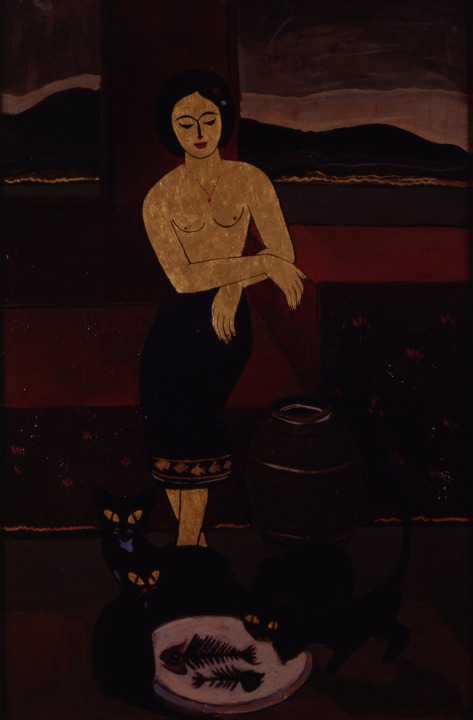Silpakorn University
Merging Western and Traditional Art
The 1932 military coup in Thailand initiated the framework for a constitutional monarchy, marking the country’s first step towards becoming a modern state. One of the many institutional structures of the modern nation was that of the national art school established by Corrado Feroci (a.k.a Silpa Bhirasri, 1893–1962), an Italian sculptor invited to Thailand by the government. This art school, which later became the Silpakorn University (silpakorn meaning “art” in Thai), was a national project aimed at avoiding the need to commission foreign artists and instead domesticating production of the various monuments the government needed. This is why many of the early graduates of the school were sculptors. A representative example of the monuments produced by Feroci and the inaugural class of sculptor students is the Democracy Monument (1939). In addition to teaching Western aesthetics and art, Feroci researched traditional Thai art and advised his students to integrate modern and traditional elements in their work. The work of Khien Yimsiri (1922–1971), known for combining Sukhothai (ca. 13th-14th century) and Western sculptural styles, was born in such an environment. In this sense, modern Thai art is distinct from that of other Southeast Asian countries, in that its development took place within a government-led system, and in which sculptors assumed the key role.
[Ushiroshoji Masahiro]

Khien Yimsiri "Musical Rhythm" 1949 bronze

Prayat Pongdam "Feeding" 1958 oil and gold leaf on wood
